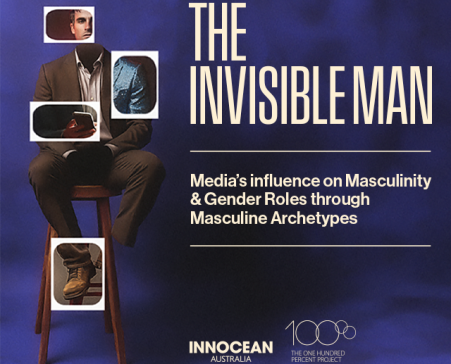Diversity of Thought Blog
No ‘fair go’ yet for women in Australia
We like to think Australia is the land of the ‘fair go.’ But a recent report from the Workplace Gender Equality Agency suggests all is not fair in Australian business.
According to the Workplace Gender Equality Agency (WGEA) Report ‘International Gender Equality Statistics’ of May 2016[1], Australia has the 6th worst average gender pay gap of 22 OECD nations with available data (the OECD totals 34 countries), with a gender pay gap of 18%. The gender pay gap is the difference between women’s and men’s average weekly full-time equivalent earnings, expressed as a percentage of men’s earnings. The average was 15.3% and the best performer was Hungary with a gap of only 3.8%.
Representation of females on the boards of Australia’s largest publicly listed companies was average at 19% (using 2014 data). It follows that 81% of board members across the largest Australian businesses identify as male, an overwhelming majority. The WGEA also reported that only 12.3% of women in business are board members which is below the OECD average and quite a low figure considering Australia’s high rate of female workforce participation at 70.5%.
But the future does look brighter for women in business. Australia led the field in the proportion of females in the workforce who are managers at 8.9% (male managers were at 13.3%, the second highest proportion behind Estonia). Other OECD nations had a closer male to female ratio but Australia still had the highest proportion females in management. It follows that these women will have a greater chance of advancing to board roles in the future than those of other OECD countries, simply because there are more of them.
Additionally, Australia ranked fourth for attainment of Bachelor’s degrees, with 26.1% of women attaining a Bachelor degree or equivalent, higher than the number of men at 21.4%. This trend was reflected across the OECD. One could speculate part of the reason for women attaining a tertiary qualification at a higher rate than men is because males are more likely to be involved in fields such as construction, agriculture, mining and manufacturing – trades in which leaving school and taking up an apprenticeship to learn a skilled trade might be preferable. It is notable that women are sorely in the minority in these fields[2].
Currently, only 21.9% of ASX 200 directorships are held by women[3]. With more women moving into management roles combined with government and corporate efforts to change the culture of gender inequality in big business, the women achieving a tertiary degree or equivalent today will have a better chance of advancement and fulfilling their potential throughout their careers. As more women with more qualifications move up the corporate ladder, it is up to them and their male colleagues to change workplace culture so that there is equality between men and women.
At The 100% Project, we provide businesses advice on how to promote and implement gender equality policies in the workplace, so be a part of the change and ask us for advice. We’re only a click away!

